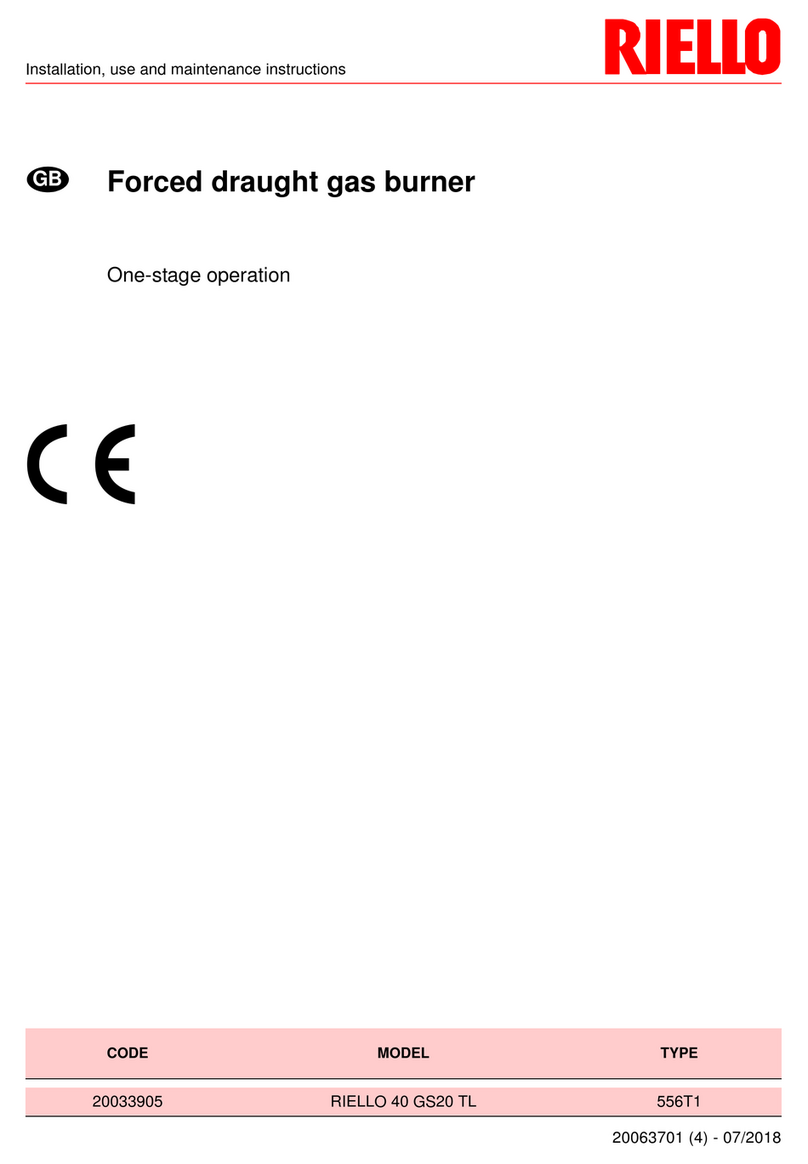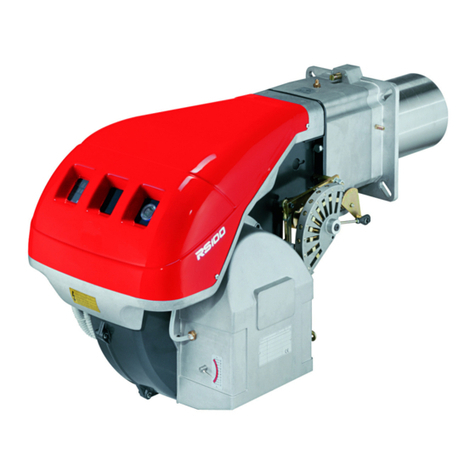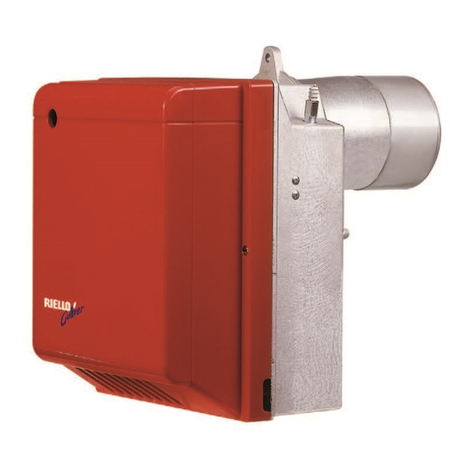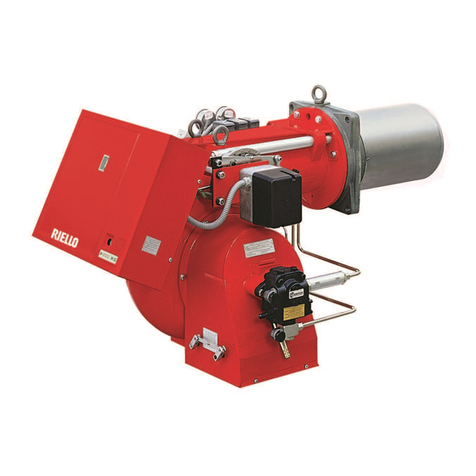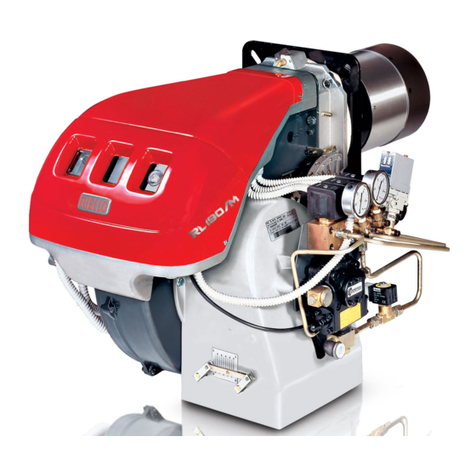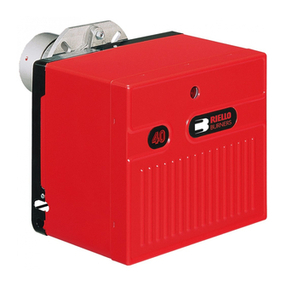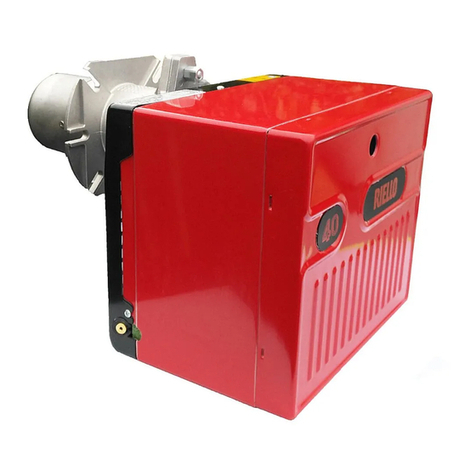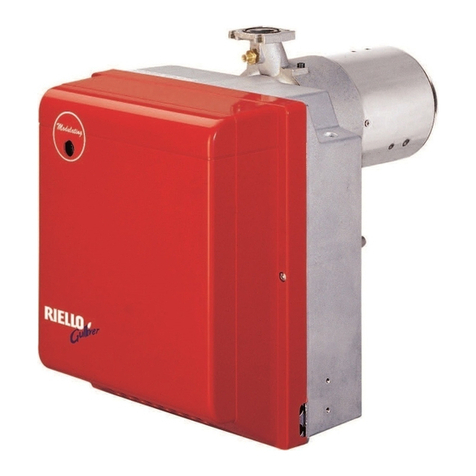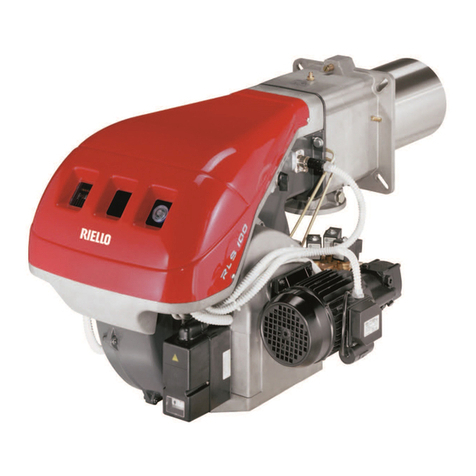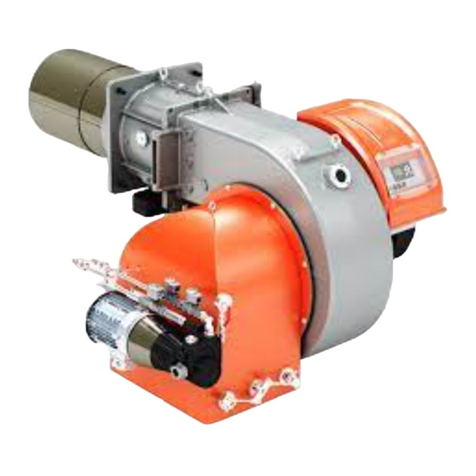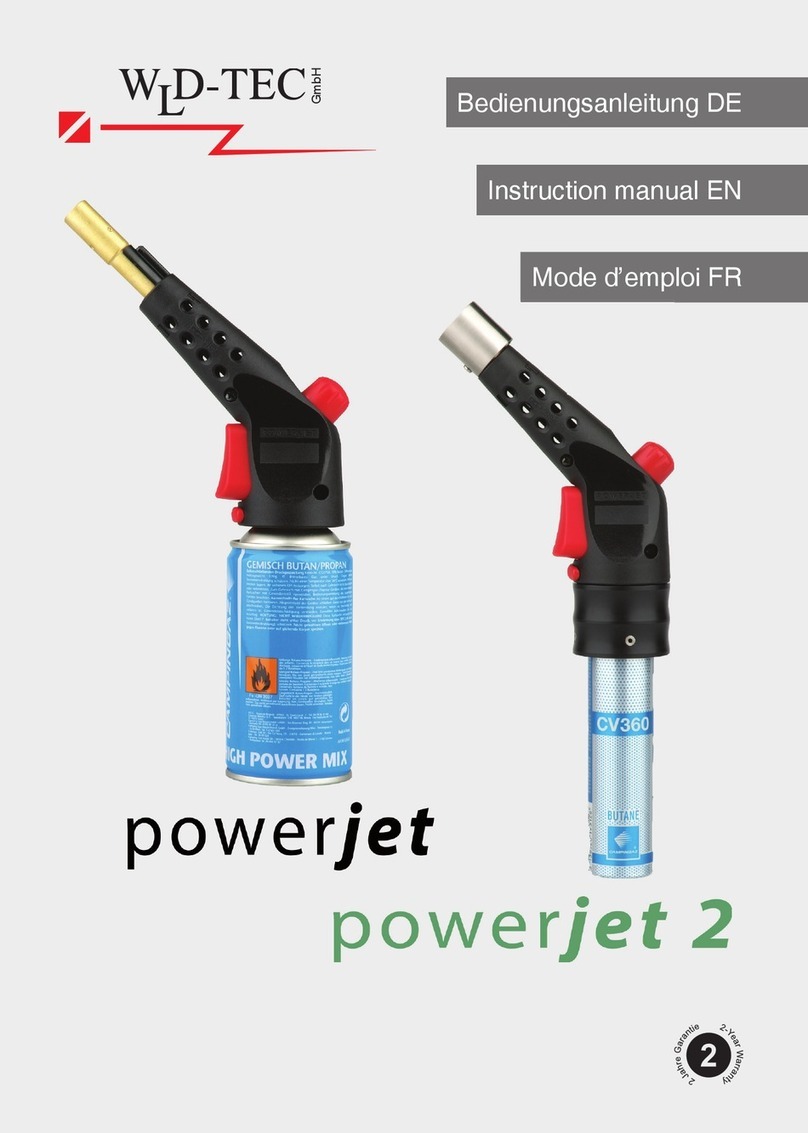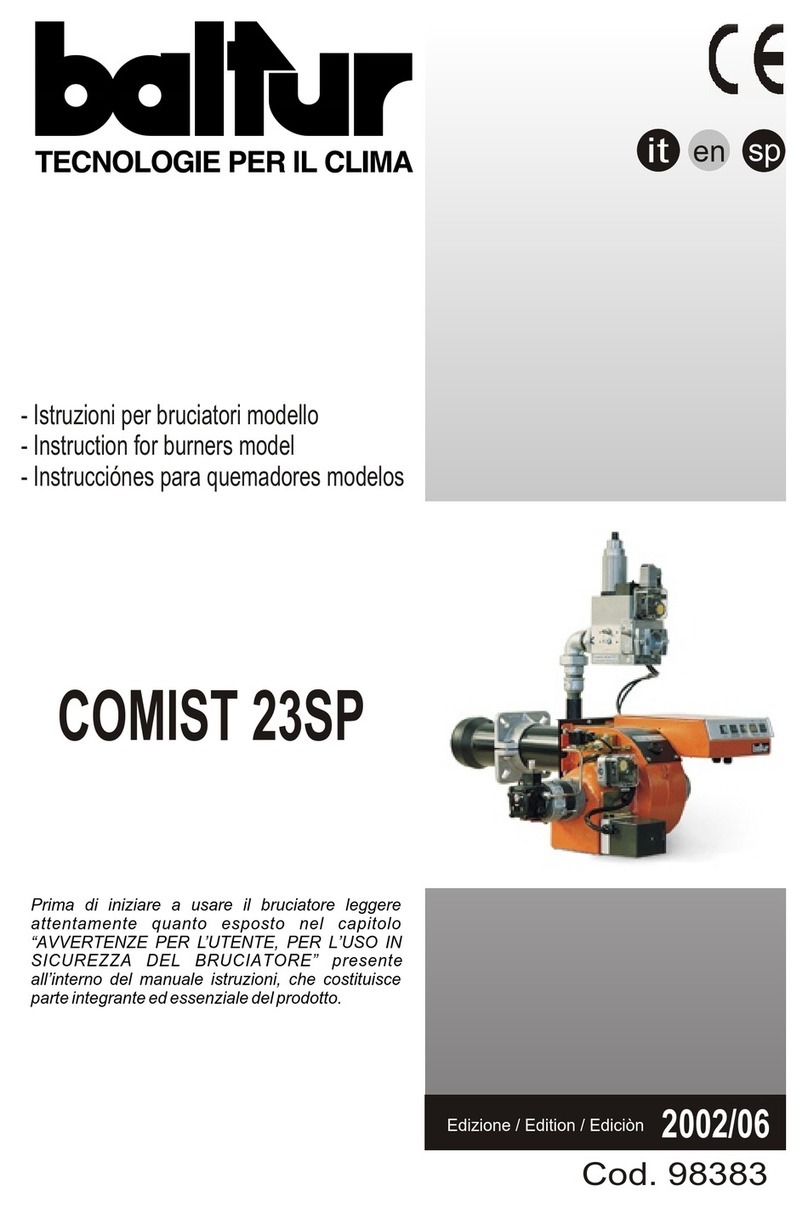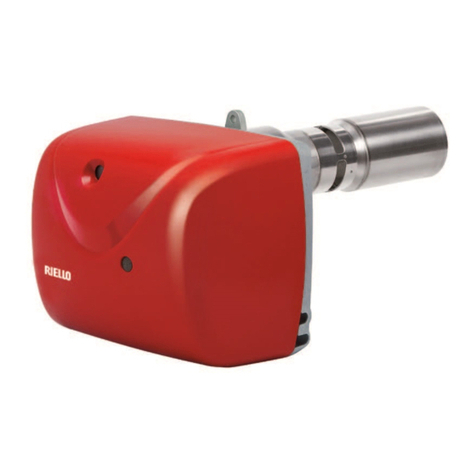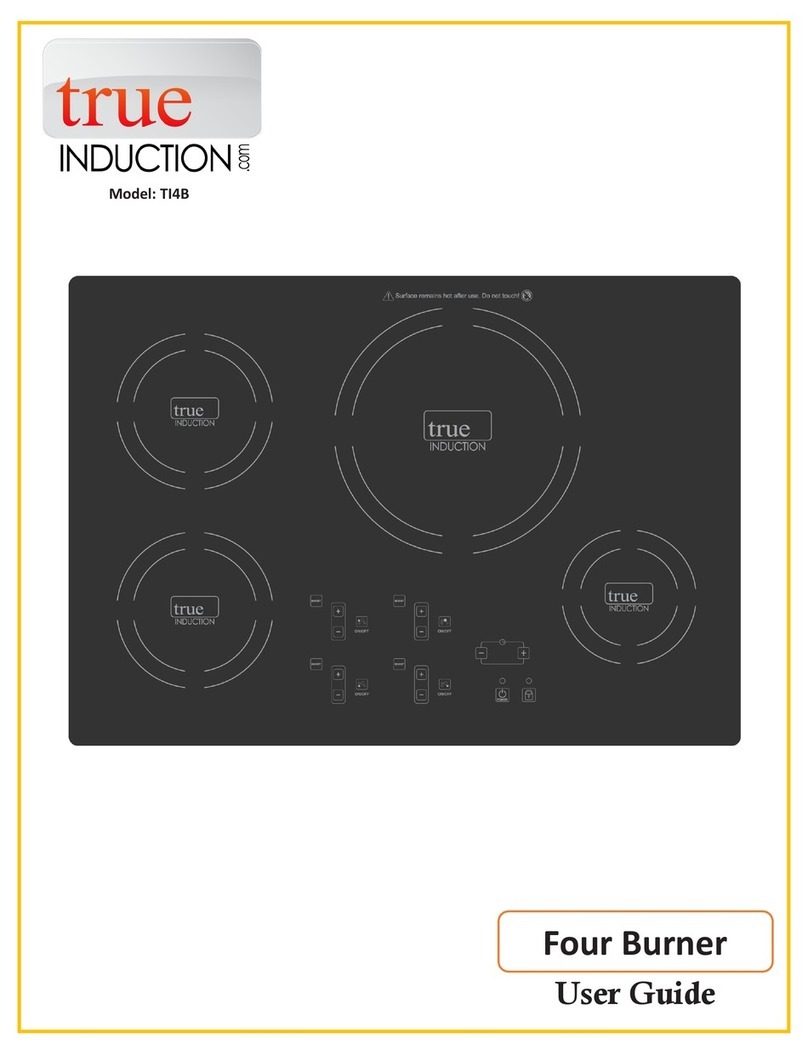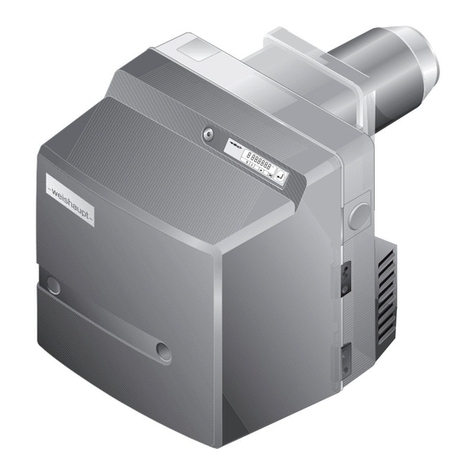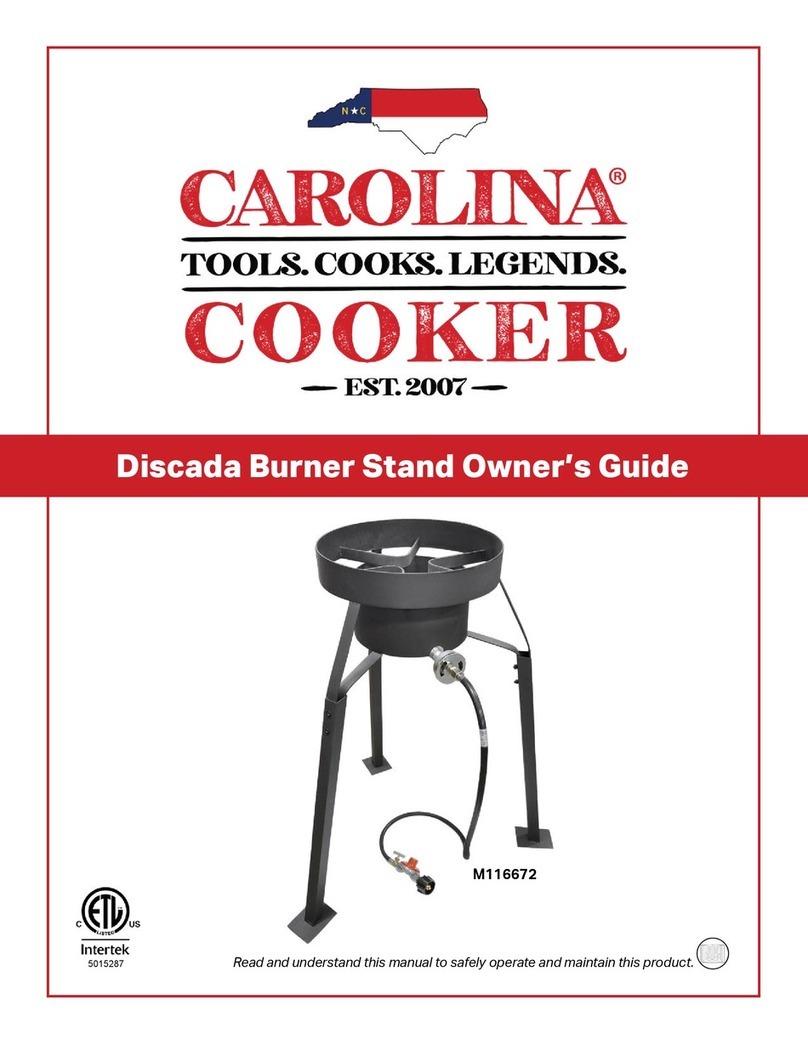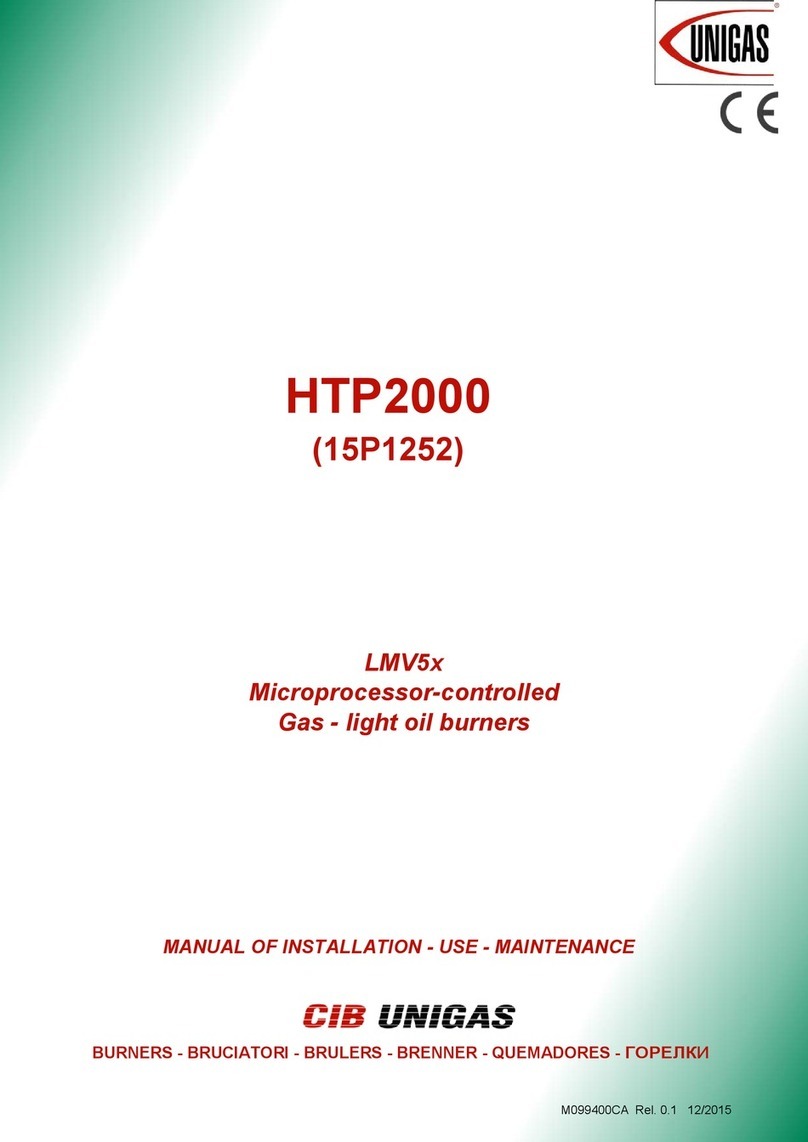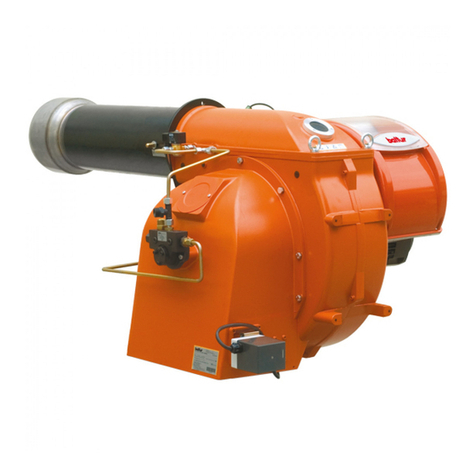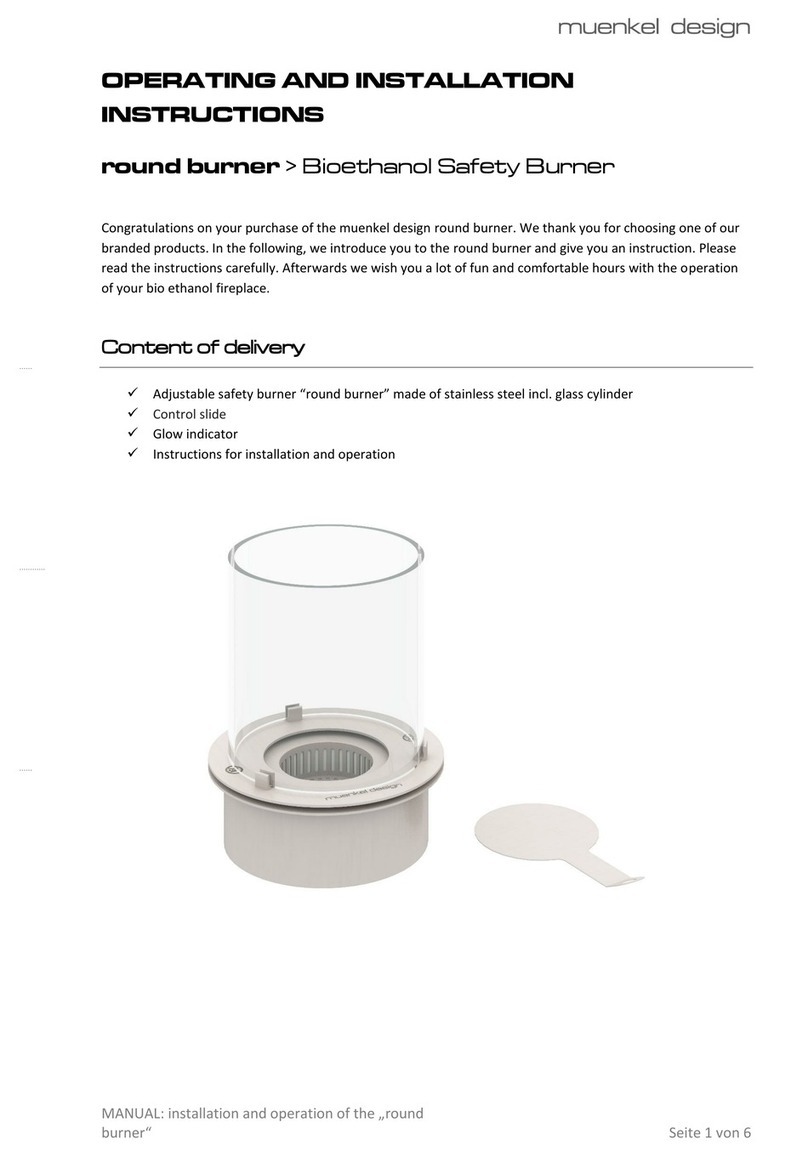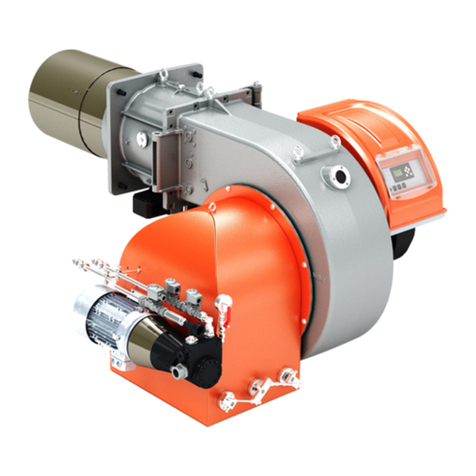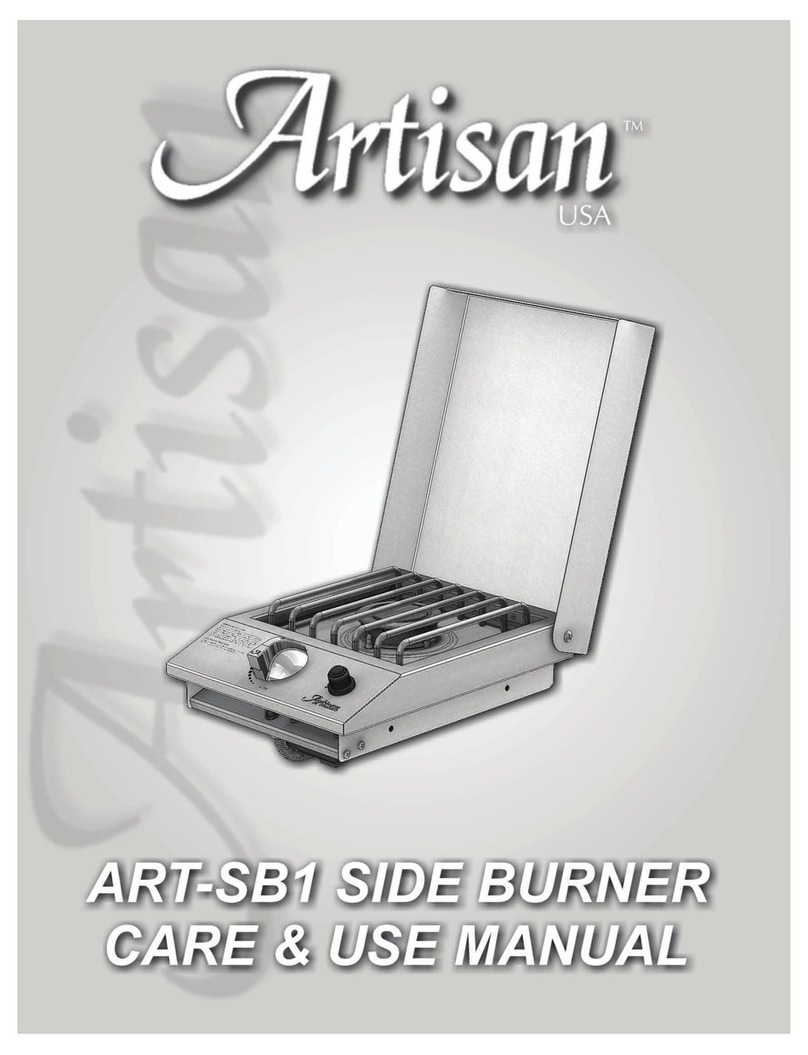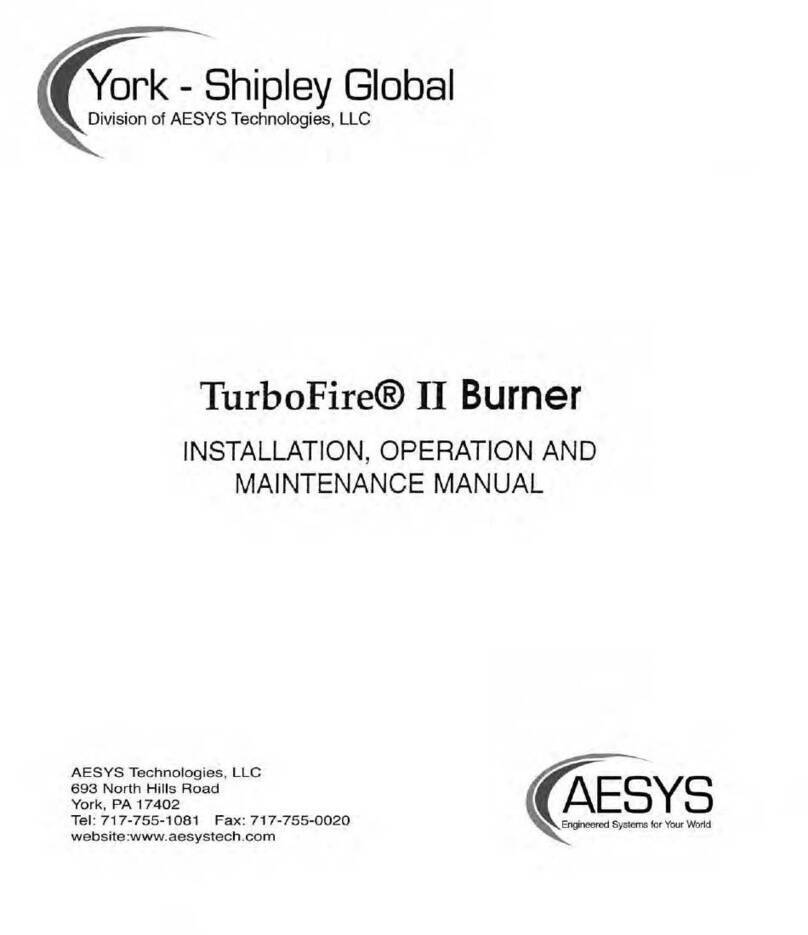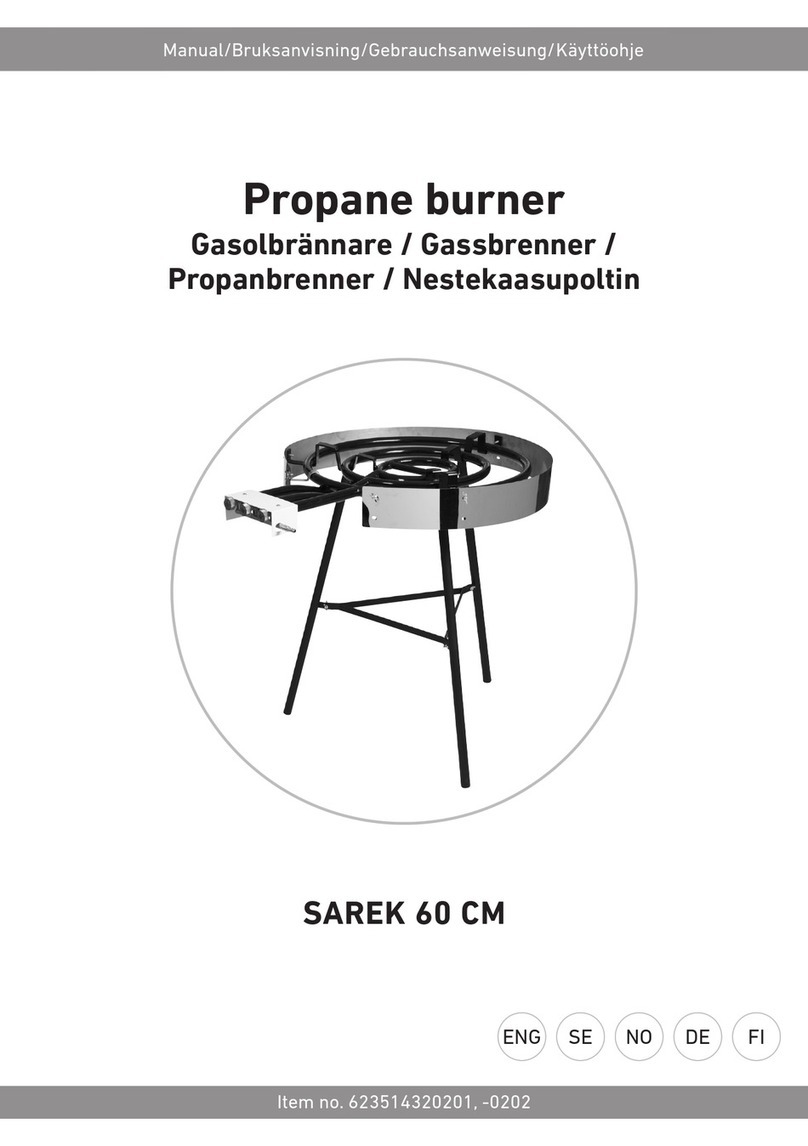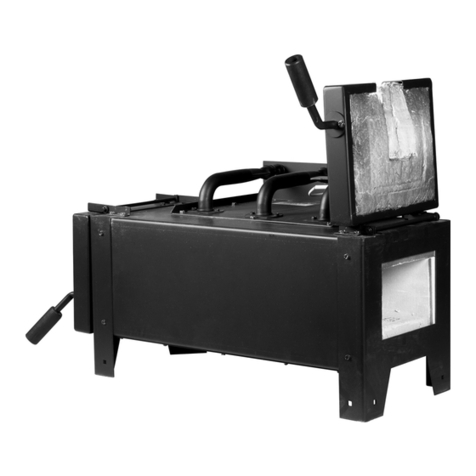
4
1 - Spare parts list
(A)
(C)
mbar
(D)
mComb. chamber pressure
Burner output
(1) AVERAGE BAROM. PRESS.
a.s.l.
(1)
F
AIR
°C
m mbar 0 5 10 15 20 25 30 40
0
100
200
300
400
500
600
700
800
900
1000
1200
1400
1600
1800
2000
1013
1000
989
978
966
955
944
932
921
910
898
878
856
836
815
794
1,087
1,073
1,061
1,050
1,037
1,025
1,013
1,000
0,988
0,977
0,964
0,942
0,919
0,897
0,875
0,852
1,068
1,054
1,042
1,031
1,018
1,007
0,995
0,982
0,971
0,959
0,946
0,925
0,902
0,881
0,859
0,837
1,049
1,035
1,024
1,013
1,000
0,989
0,977
0,965
0,954
0,942
0,930
0,909
0,886
0,866
0,844
0,822
1,031
1,017
1,006
0,995
0,983
0,972
0,960
0,948
0,937
0,926
0,914
0,893
0,871
0,851
0,829
0,808
1,013
1,000
0,989
0,978
0,966
0,955
0,944
0,932
0,921
0,910
0,898
0,878
0,856
0,836
0,815
0,794
0,996
0,983
0,972
0,962
0,950
0,939
0,928
0,916
0,906
0,895
0,883
0,863
0,842
0,822
0,801
0,781
0,980
0,967
0,956
0,946
0,934
0,923
0,913
0,901
0,891
0,880
0,868
0,849
0,828
0,808
0,788
0,768
0,948
0,936
0,926
0,916
0,904
0,894
0,884
0,872
0,862
0,852
0,841
0,822
0,801
0,783
0,763
0,743
(B)
FIRING RATE (A)
During operation, burner output varies between:
•MINIMUM OUTPUT: area A;
•MAXIMUM OUTPUT: area B.
The work point may be found by plotting a verti-
cal line from the desired delivery and a horizon-
tal line from the pressure in the combustion
chamber. The intersection of these two lines is
the work point which must lie within area A, for
MIN output, and within area B, for MAX output.
Burner firing rates according to air den-
sity
The FIRING RATE area values have been
obtained considering a surrounding temperature
of 20°C, and an atmospheric pressure of 1000
mbar (approx. 100 m above sea level) and with
the combustion head adjusted as shown on
page 6.
The burner may be required to operate with com-
bustion air at a higher temperature and/or at
higher altitudes.
Heating of air and increase in altitude produce
the same effect: the expansion of the air volume,
i.e. the reduction of air density.
The burner fan's delivery remains substantially
the same, but the oxygen content per cubic me-
ter and the fan's head are reduced.
It is therefore important to know if the maximum
output required of the burner at a given combus-
tion chamber pressure remains within the burn-
er's firing rate range even at different
temperature and altitude conditions. Proceed as
follows to check the above:
1 - Find the correction factor F in the Table (B)
for the plant's air temperature and altitude.
2 - Divide the burner's delivery Q by F in order to
obtain the equivalent delivery Qe:
Qe = Q : F (kg/h)
3 - In the firing rate range of the burner, Fig. (C),
indicate the work point defined by:
Qe = equivalent delivery
H1 = combustion chamber pressure
The resulting point A must remain within the
firing rate range.
4 - Plot a vertical line from Point A as shown in
Figure (C) and find the maximum pressure H2
of the firing rate.
5 - Multiply H2 by F to obtain the maximum re-
duced pressure H3 of the firing rate.
H3= H2: F (mbar)
If H3 is greater than H1, as shown in Fig. (B), the
burner delivers the output required.
If H3 is lower than H1, the burner's delivery must
be reduced. A reduction in delivery is accompa-
nied by a reduction of the pressure in the com-
bustion chamber:
Qr = reduced delivery
H1r = reduced pressure
Example, a 5% delivery reduction:
Qr = Q x 0.95
H1r = H1 x (0.95)2
Steps 2 - 5 must now be repeated using the new
Qr and H1r values.
Important:
the combustion head must be adjusted in re-
spect to the equivalent delivery Qe.
TEST BOILER (D)
The firing rates were set in relation to special
test boilers in accordance with the methods
defined in EN 267 standards.
Figure (D) indicates the diameter and length of
the test combustion chamber.
Example: delivery 200 kg/hour:
diameter = 80 cm; length = 3,5 m.
Whenever the burner is operated in a much
smaller commercially-available combustion
chamber, a preliminary test should be per-
formed.
